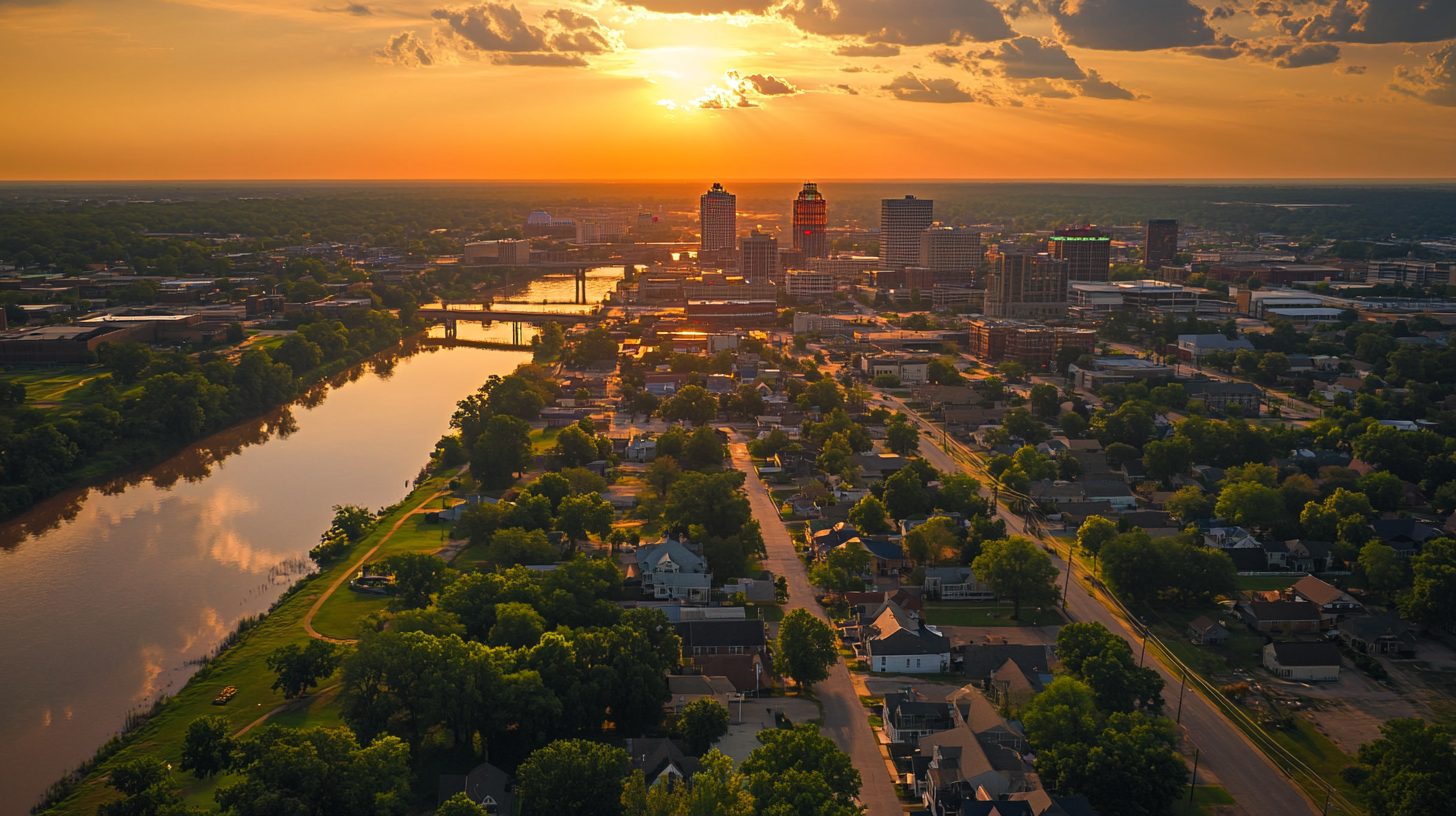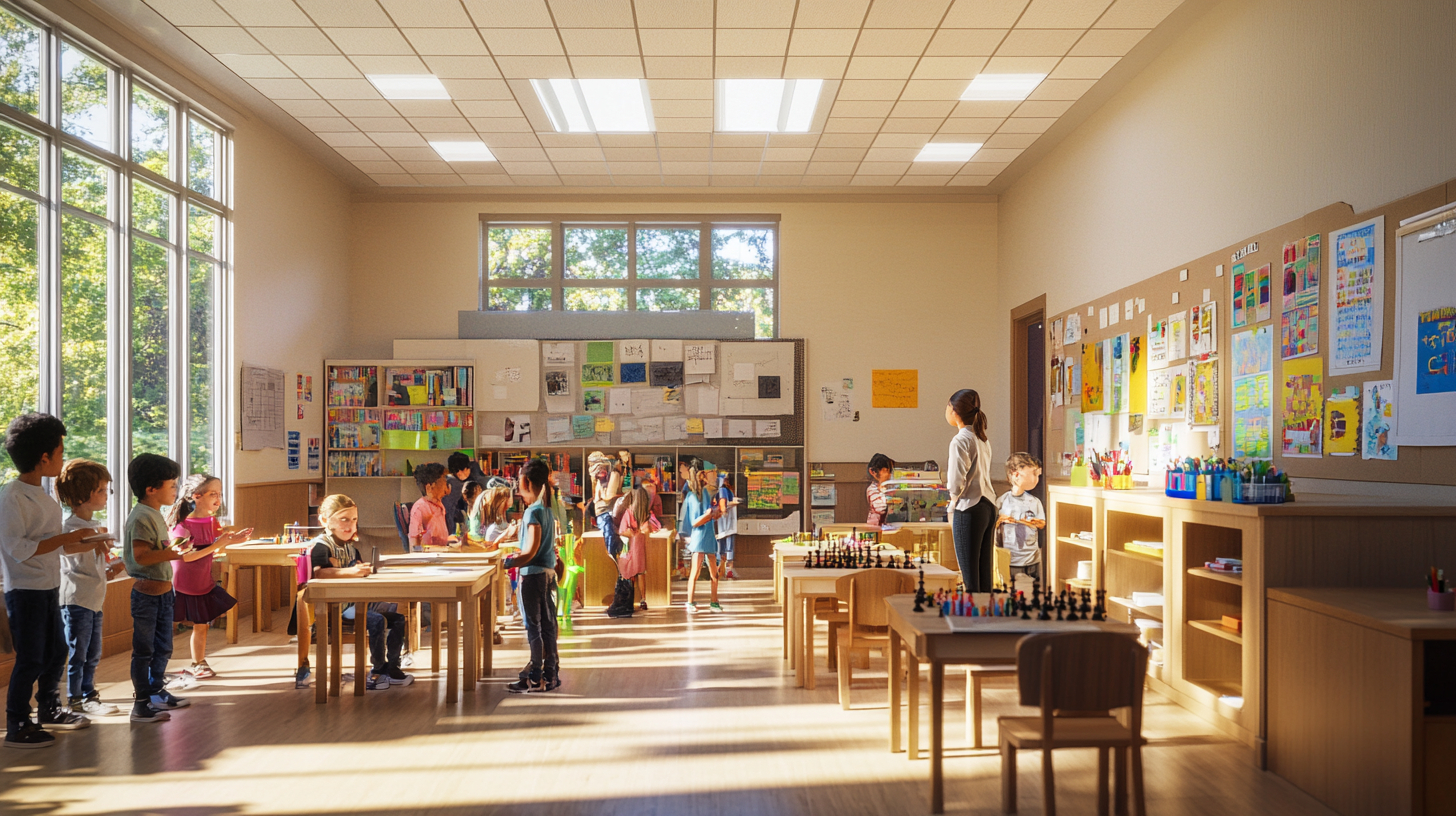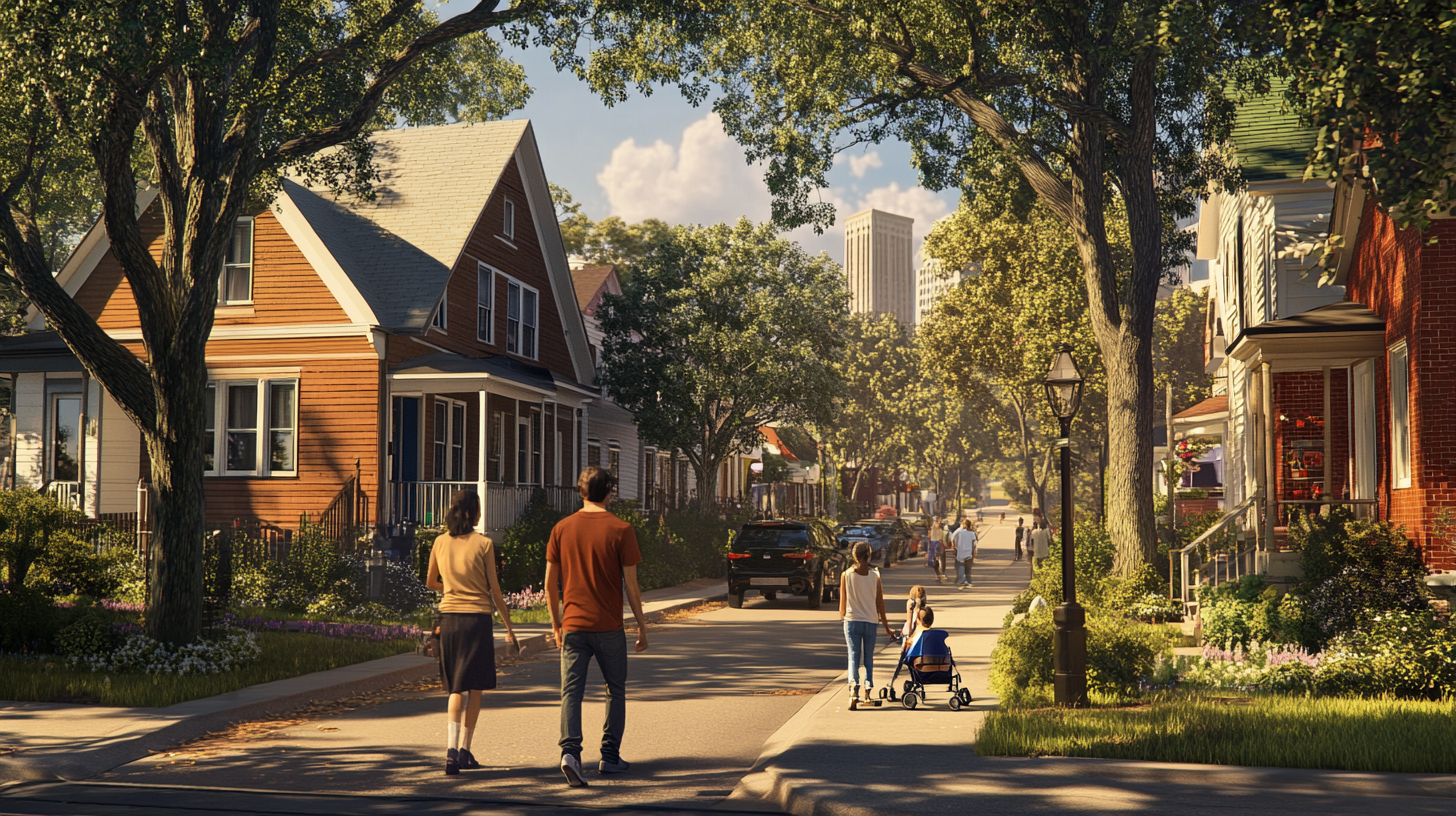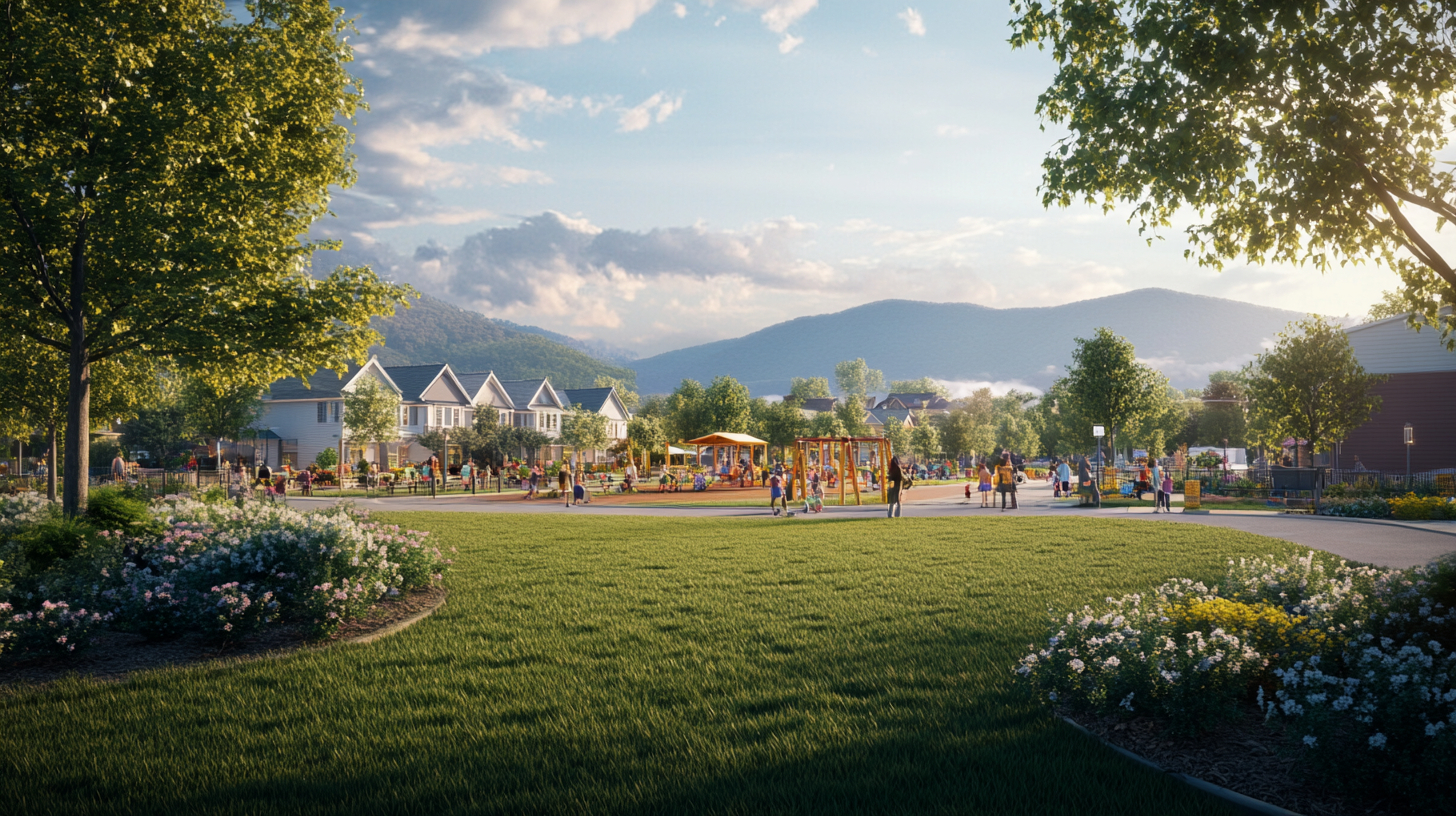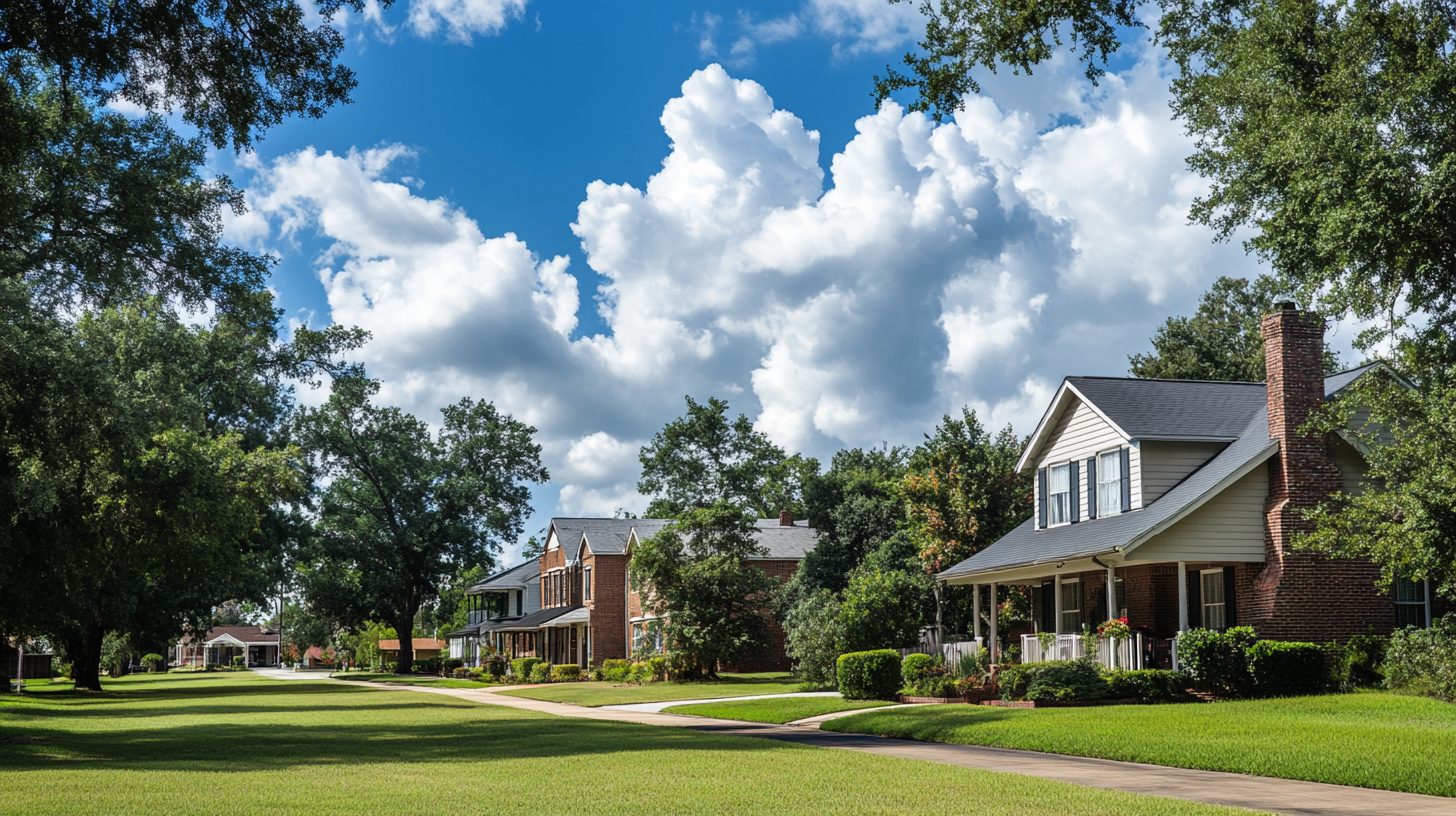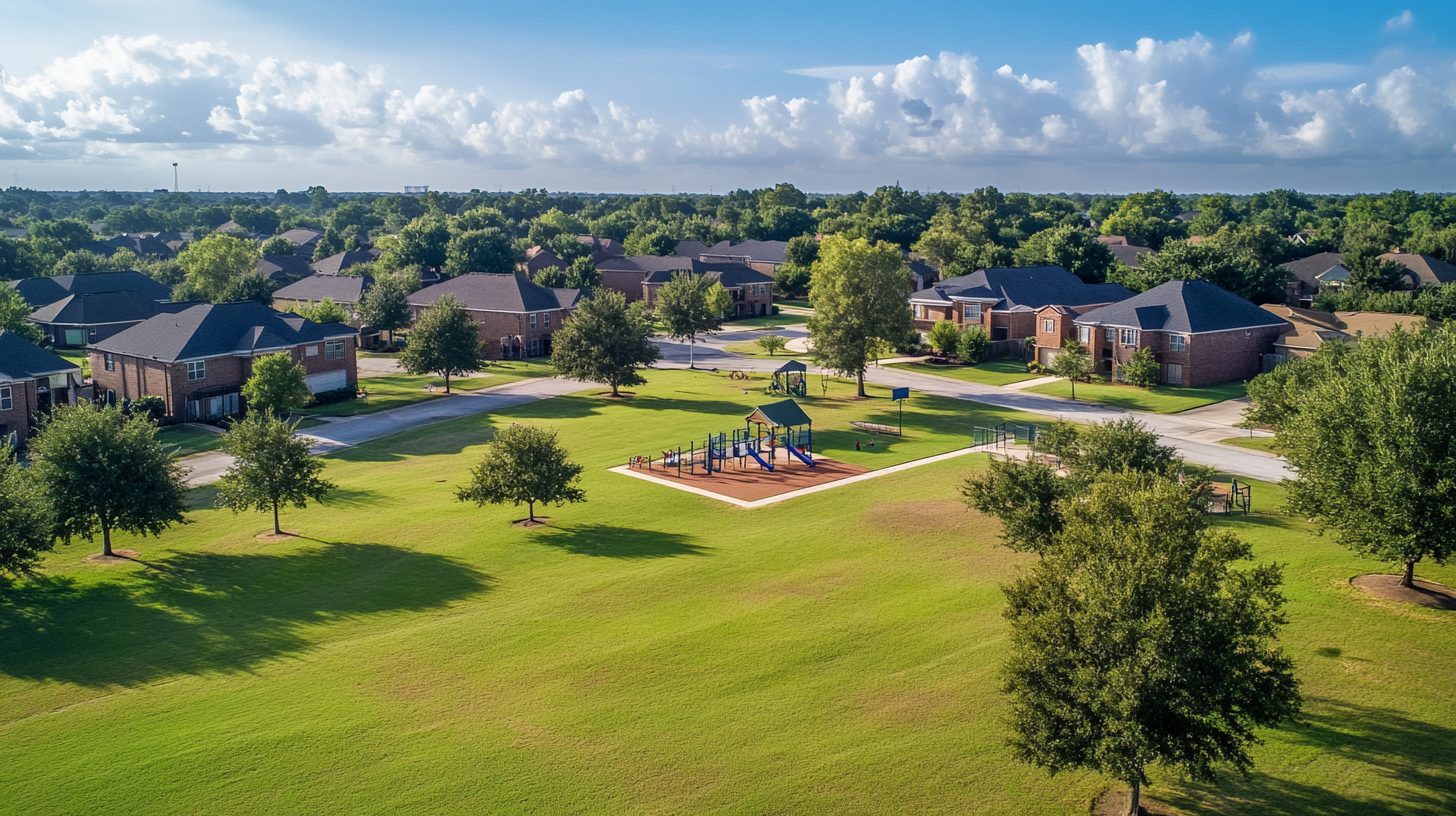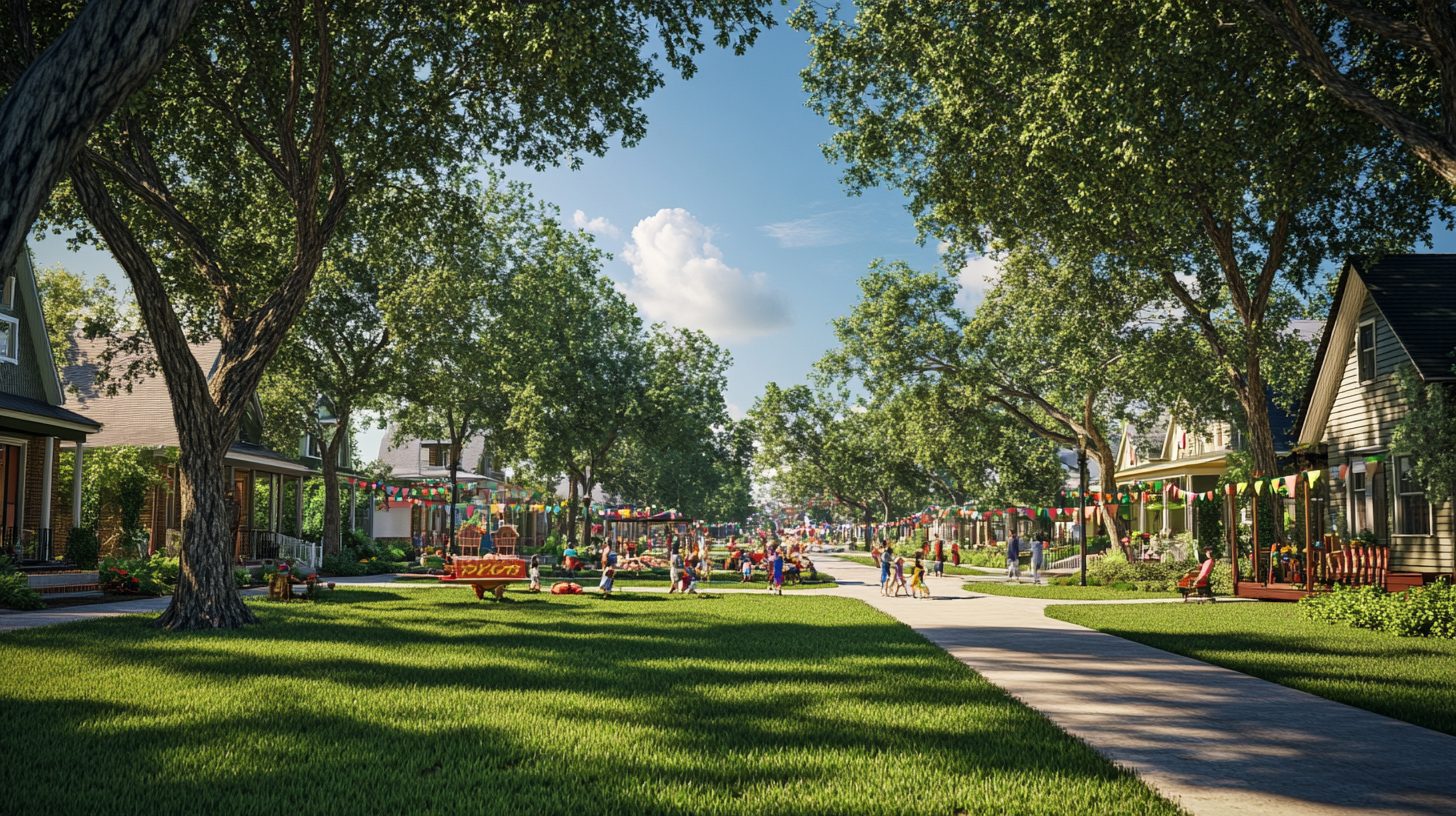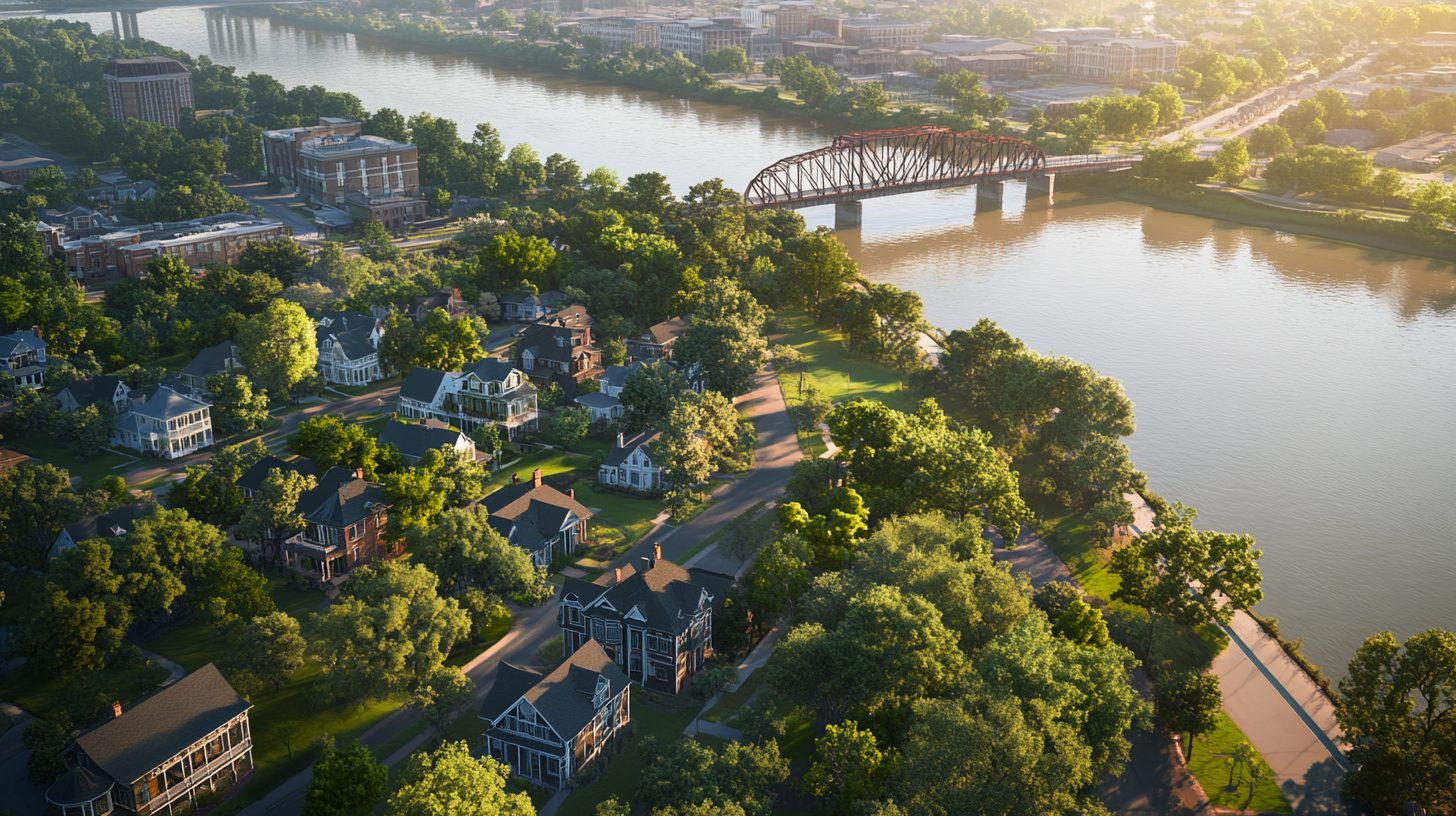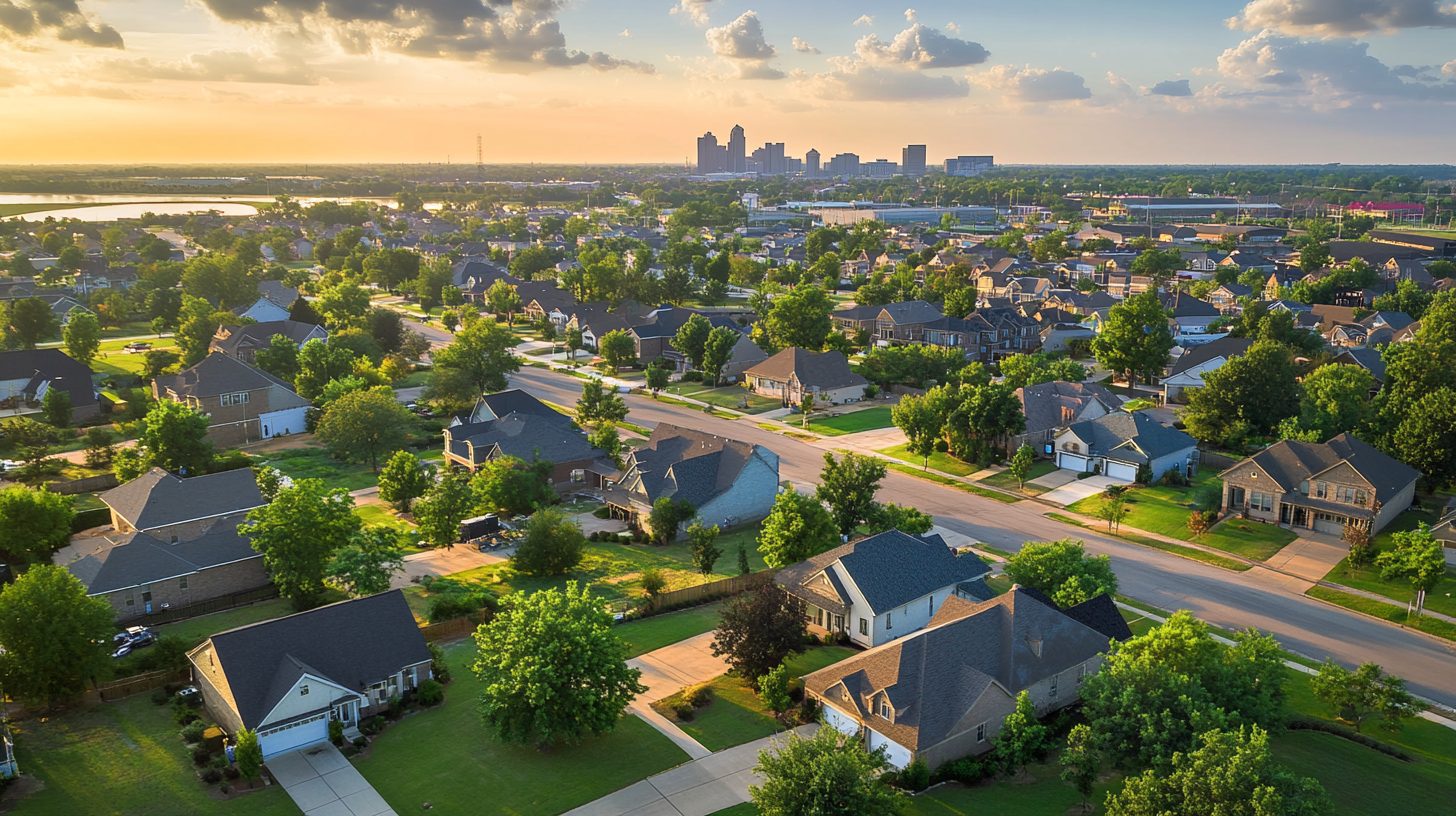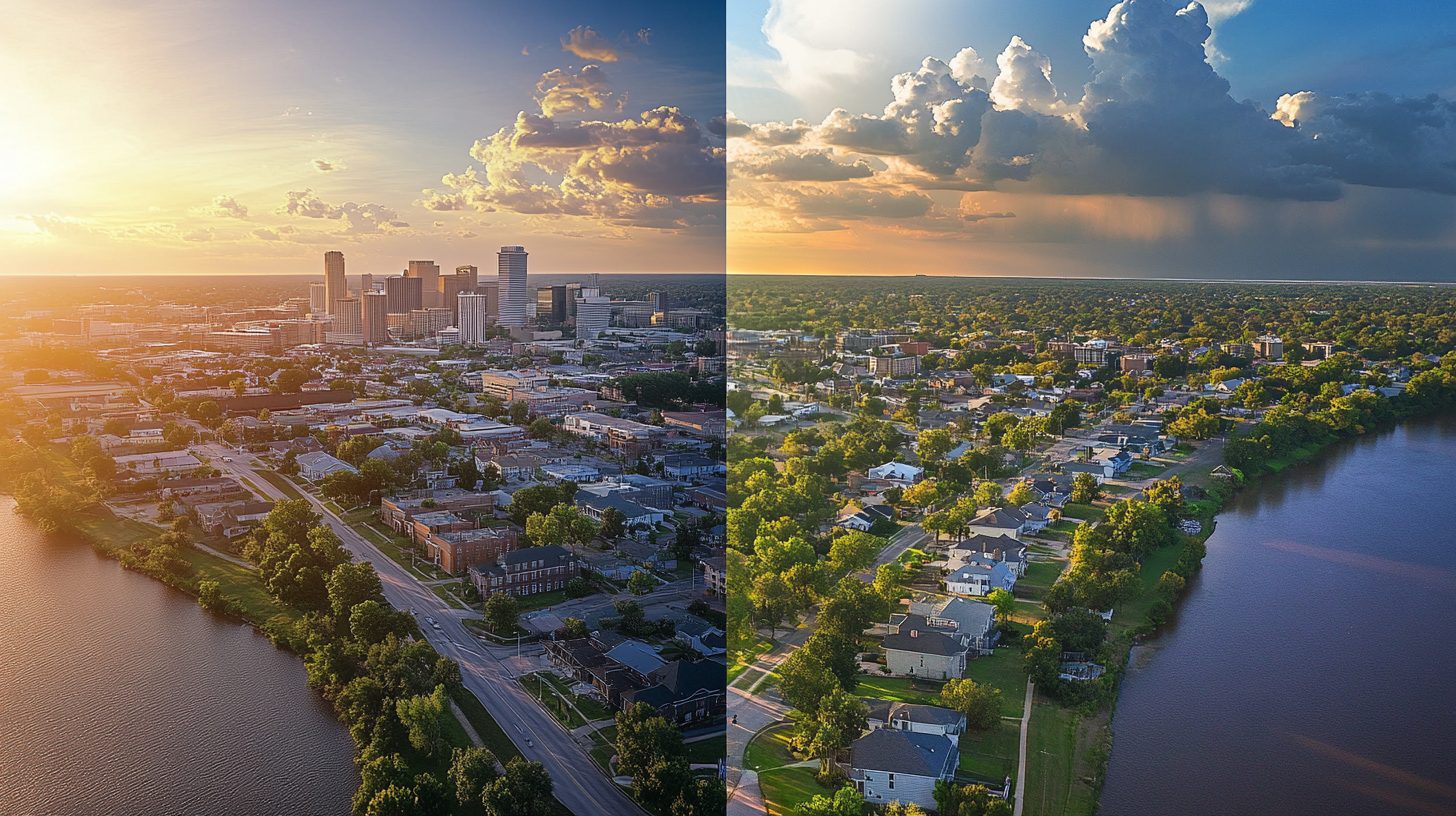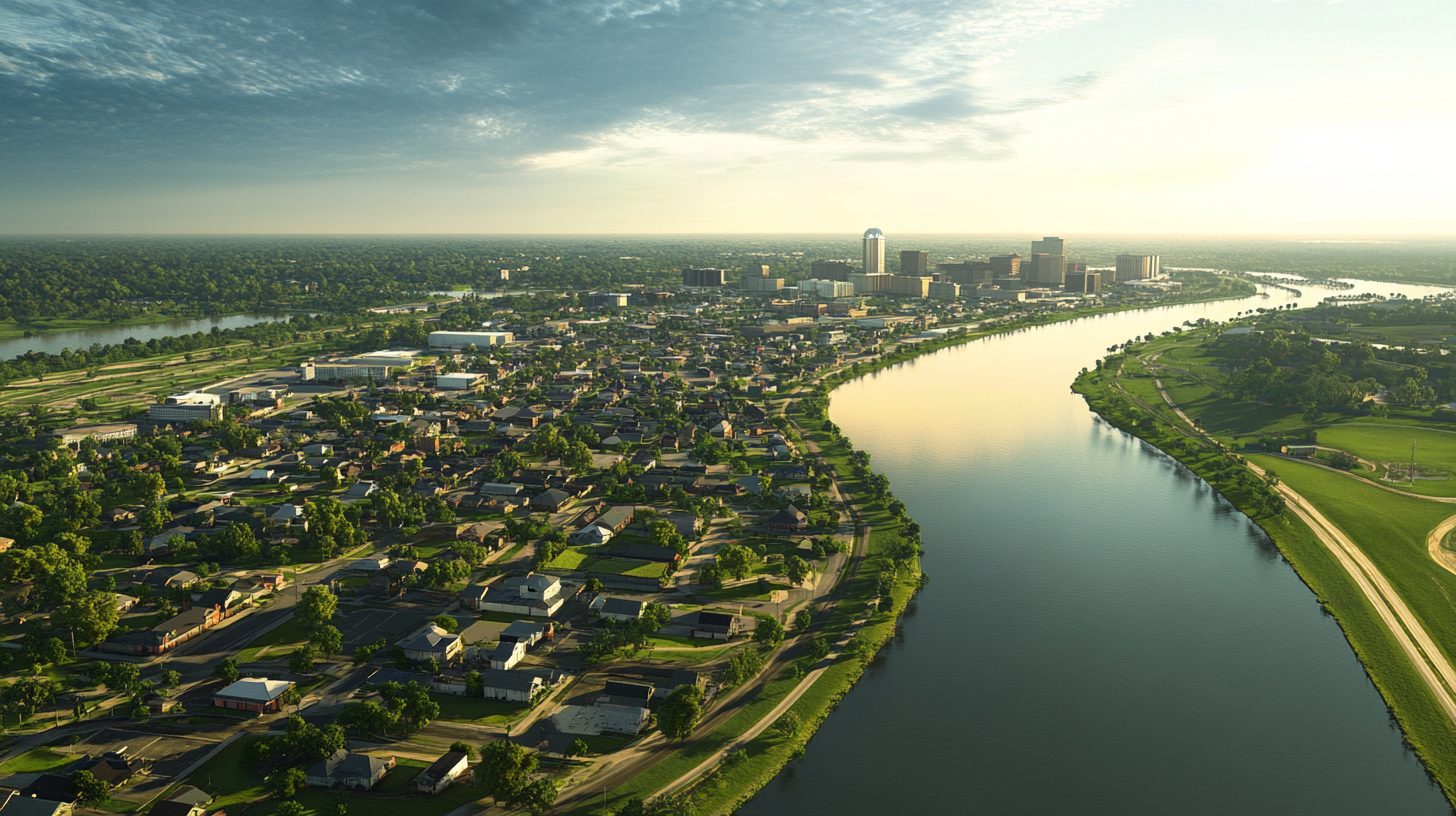Overview
Shreveport isn’t your slick, polished city—it’s a little rough around the edges, but that’s part of its soul. With a population hovering around 187,000, it’s the largest city in northwest Louisiana, once booming from oil and the Red River’s casino scene. These days, Shreveport’s real estate market remains pretty accessible—you might snag a house for under $150k in certain neighborhoods, though there’s competition from folks seeking cheaper living than bigger metros. Some longtime residents have drifted away, but there’s still a slow trickle of newcomers seduced by Southern hospitality, a laid-back culture, and the lure of a different pace. If you can handle the humidity, the occasional flood risk, and the unapologetic local flavors—fried everything meets Cajun flair—Shreveport might just charm you into staying.
Pros of Moving to Shreveport
Let’s dish on the good stuff first. One: cost of living can be a major upside. Compared to bustling metros like Dallas or New Orleans, Shreveport real estate is often downright cheap—think 3-bedroom single-family homes for under $200k, especially in older established neighborhoods. Renters can also find decent deals if they’re flexible on location. Utilities, groceries, and other daily expenses generally lean lower than the national average, meaning more money in your pocket for crawfish boils and casino weekends.
Two: the people. Southern hospitality isn’t just a cliché—neighbors here can be quick to chat you up, bring you extra gumbo, or lend a hand during storm season. It’s a place where folks wave to strangers on the street and “ma’am” and “sir” aren’t forced politeness. If you’re into real community ties, Shreveport can deliver.
Three: nature and the outdoors. You might not think of Shreveport as an outdoorsy haven, but between the Red River, Cross Lake, and multiple parks, you can fish, boat, or just lounge by the water. If you want an easy day trip, there’s plenty of rural countryside around for hiking or exploring. The region’s relatively flat, but that just makes cycling or jogging easier if you’re not melting in the summer heat.
Four: culture and entertainment. Yes, it’s smaller scale than NOLA or Austin, but Shreveport has its pockets of creativity. There’s a blues and jazz heritage that creeps into local clubs, an indie arts scene if you know where to look, and the city’s gaming reputation—casinos along the Red River—draws tourists and live acts. Don’t sleep on the R.W. Norton Art Gallery with its cool exhibits, or festivals like Mudbug Madness, celebrating that Louisiana crawfish life. Throw in Mardi Gras parades each spring, and you’ve got enough flavor to keep things interesting.
Five: education can be a plus if you take advantage of magnet schools in Caddo Parish—some top-ranked programs exist if you do your homework. Plus, LSU Health Shreveport anchors a chunk of the medical job scene, giving aspiring healthcare pros local training and career paths. Meanwhile, if you’re after a more specialized or advanced degree, you’ve got local colleges like Centenary College or Southern University Shreveport.
Six: For all its reputation, Shreveport maintains a kind of “underdog city” vibe—there’s less competition or pretension, so if you want to start a small business or get involved in community projects, you might find an open door. The cost of entry is lower, and folks can be supportive if they sense you’re here to invest in the place rather than just pass through.
In short, Shreveport isn’t dripping with glitz, but it’s got that gritty, honest charm, low cost of living, and a strong sense of place—enough to win over people who love Southern culture, slower rhythms, and the freedom to carve out their own space without big-city price tags. If that resonates, you might just find yourself pouring a sweet tea and calling it home sooner than you’d expect.
Cons of Moving to Shreveport
We’ve talked up the pros—now let’s get real about the downsides. One: economic stagnation is a real thing. Shreveport has struggled since its oil heyday and with the casino market becoming increasingly competitive, some neighborhoods show signs of neglect. While there are pockets of growth, many locals bemoan a lack of big corporate jobs or new industries swooping in.
Two: public safety and crime can be concerning, depending on your neighborhood. Certain parts of Shreveport see higher crime rates, and property theft isn’t uncommon. If you’re after squeaky-clean suburban living, you might have to cherry-pick your community or consider the outskirts. The city’s working on revitalization efforts, but it’s a slow climb, and you should be aware of your surroundings.
Three: infrastructure and blight. Potholed roads, older utilities, and some abandoned properties—these can sour the charm for newcomers who expect pristine sidewalks and top-notch city services. If you’re used to more polished environments, you may find yourself frustrated by the city’s slow pace in fixing stuff. Flooding can happen, too, especially in lower-lying neighborhoods near bayous or the river—so watch out for those flood maps when shopping for a house.
Four: public transportation is practically nonexistent in a functional sense. Sure, there are sporadic bus routes, but a car is basically mandatory if you want to get anywhere reliably. Traffic might not be LA-level bad, but some main arteries like Youree Drive or I-20 can get jammed at rush hour. Plus, the city’s layout can be sprawl-tastic, forcing you into 15–20 minute drives for basic errands.
Five: The summer weather can be punishing—think 95-degree days with 90% humidity, plus mosquitoes the size of small aircraft. If you loathe sticky heat and are accustomed to mild climates, brace yourself. On top of that, you’ll occasionally get hammered by intense storms, and the region isn’t immune to hurricanes drifting inland from the Gulf.
Six: school quality is uneven. While magnet programs exist, some public schools in the city are underfunded and underperforming. Private school or homeschooling may be on the radar for families who want a more robust academic environment. If you’re set on public schools, you’ll want to dissect each district’s stats before planting roots.
Seven: Shreveport’s cultural scene can be overshadowed by bigger Southern cities—like NOLA or Dallas—so if you crave endless nightlife variety or massive music festivals, you might be underwhelmed. The local arts and music scene, while authentic, is also relatively niche and under the radar. For some, that’s a pro, but for others, it can feel limiting.
All told, Shreveport’s not a perfect package. If you’re chasing a progressive, polished city with bullet train public transit, you’re in the wrong spot. Expect challenges—job market flux, crime in certain areas, iffy roads, and sticky summers. But for some folks, that rawness is just part of Shreveport’s soul, an honest reflection of a city that never quite sold out.
Wrapping Up
So, is Shreveport for you? It depends. If you’re itching for lower home prices, genuine Southern hospitality, and an underdog city vibe, you might just embrace its gritty charm. Yes, you’ll deal with a stagnant job market in places, dicey infrastructure, and scorching summers. But you’ll also find a culturally rich community that rallies around local festivals, soul food, and good times on the Red River. We’ve laid out the pros (affordable living, warm neighbors, unique local flavor) and the cons (crime pockets, limited public transit, lukewarm economic growth). If you’re okay with that trade-off—and maybe excited to be part of a city with rough edges—Shreveport could be the right fit. The decision is yours; just make sure you know what you’re signing up for.
FAQs
- Is Shreveport cheaper than other Louisiana cities like Baton Rouge or New Orleans?
Often, yes. Housing especially can be cheaper. But don’t expect the same bustling job market or tourist draw as those bigger cities. - Which neighborhoods are safer or more upscale?
Southeast Shreveport (like Broadmoor, South Highlands) is often touted as safer and more established. Do your homework on crime stats, though—block by block can vary. - How hot does it really get in summer?
It can hover in the mid-90s with brutal humidity. If you’re not into sweaty days and mosquito onslaughts, brace yourself—or invest in a good AC. - Is there a big music or arts scene?
There’s local blues, Zydeco, and some hidden-gem galleries. But it’s smaller scale. Niche, yes. Flashy big-city scene, no. - What’s the job market like outside casinos and oil?
You’ll find some healthcare and defense gigs, plus smaller industries. But major corporate or tech expansions are less common—entrepreneurship is your friend. - Are there good school options?
Magnet high schools can shine, but many public schools struggle. Private schools might be a fallback for families wanting more academic rigor. - Do I need a car or is public transportation okay?
You’ll likely need a car. The city’s transit system isn’t robust, and most errands require wheels.

